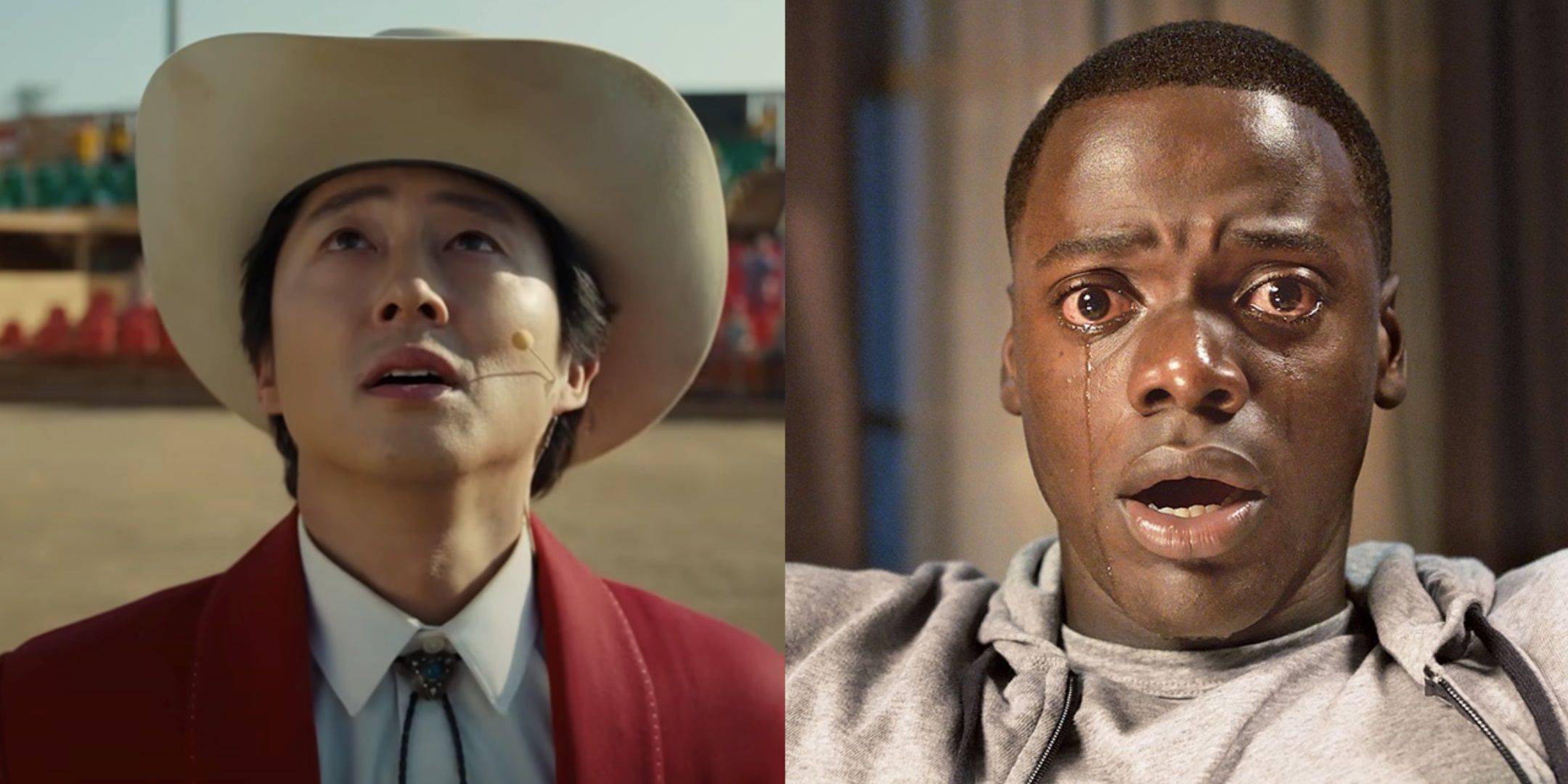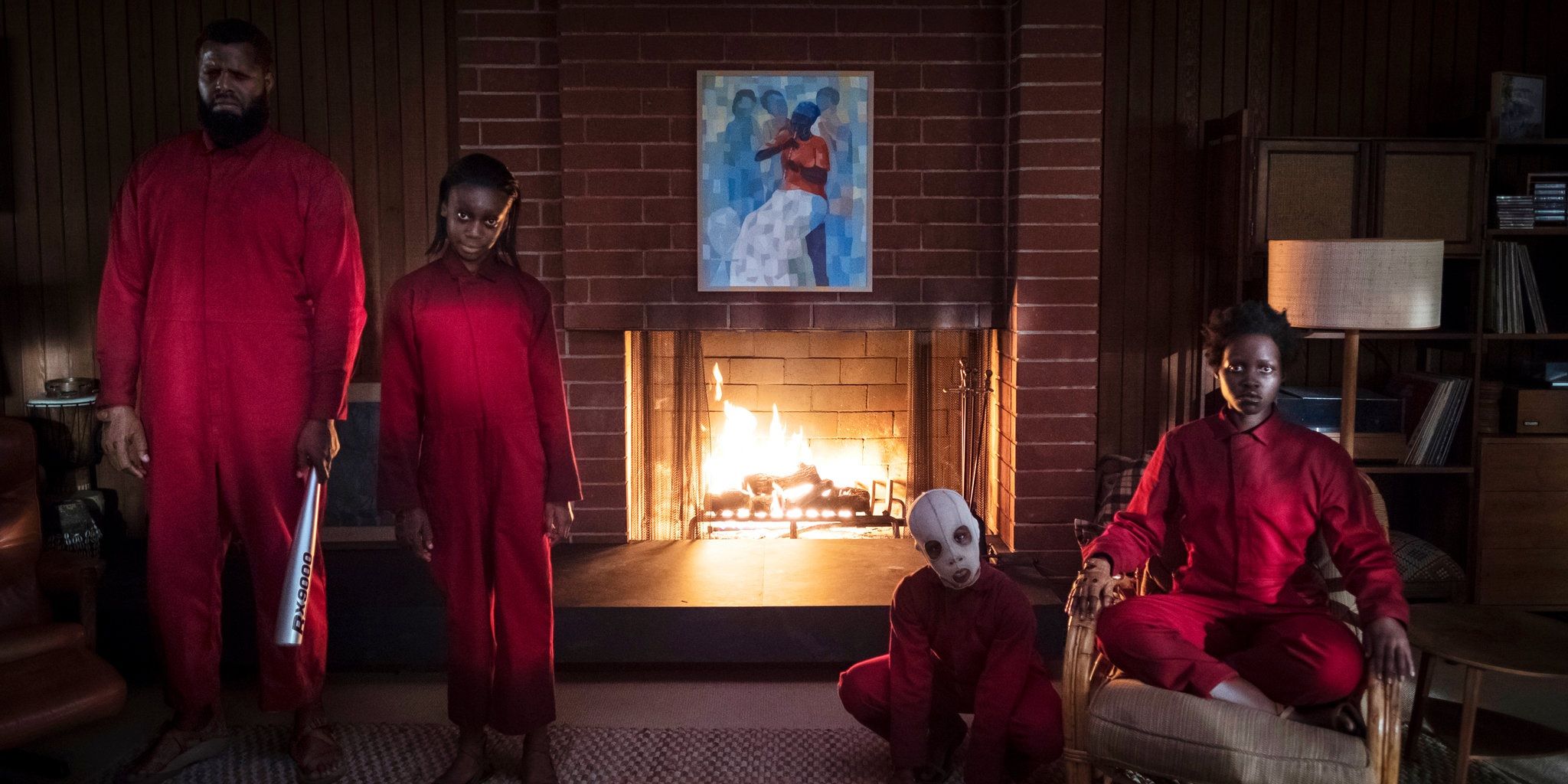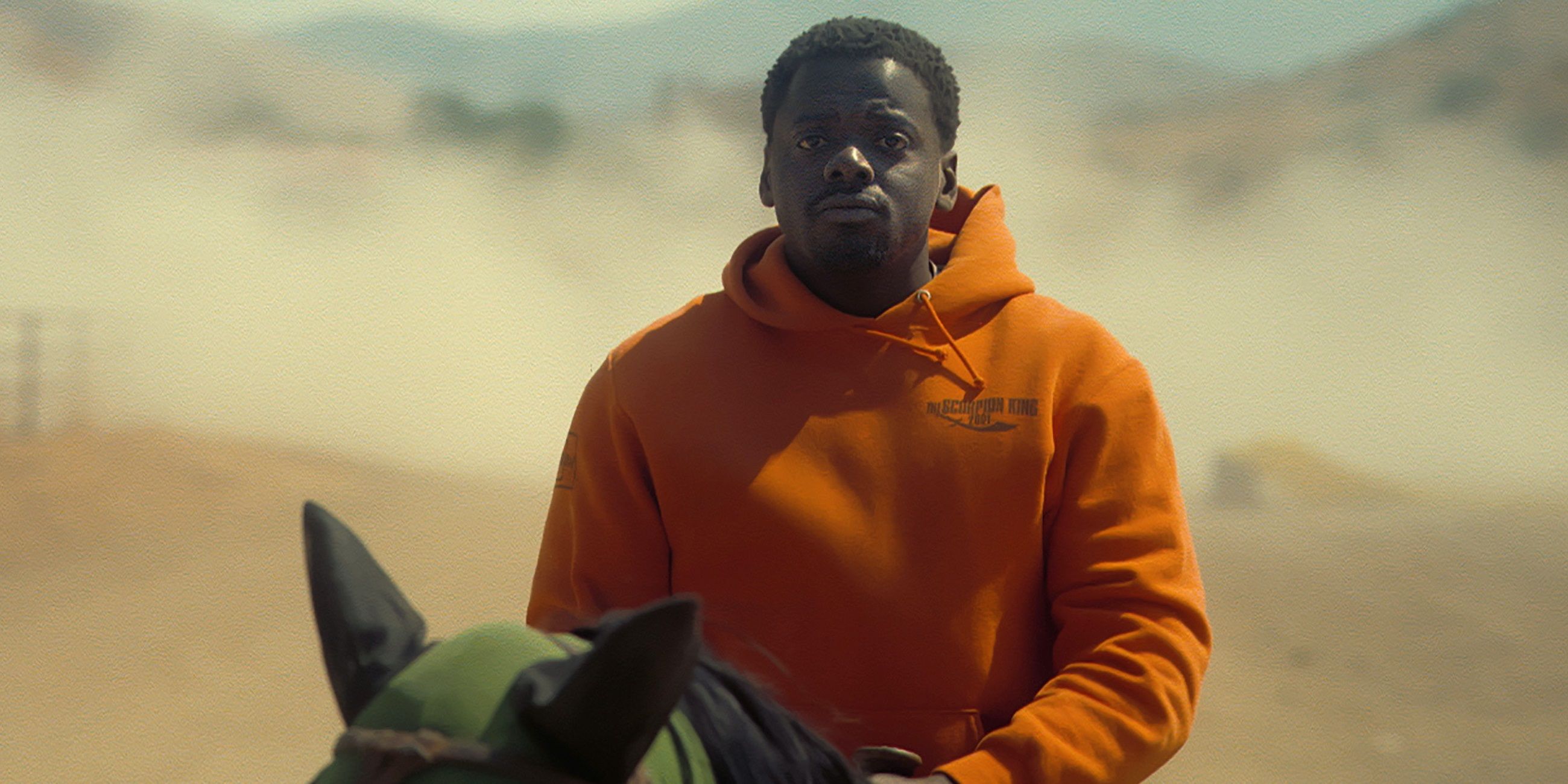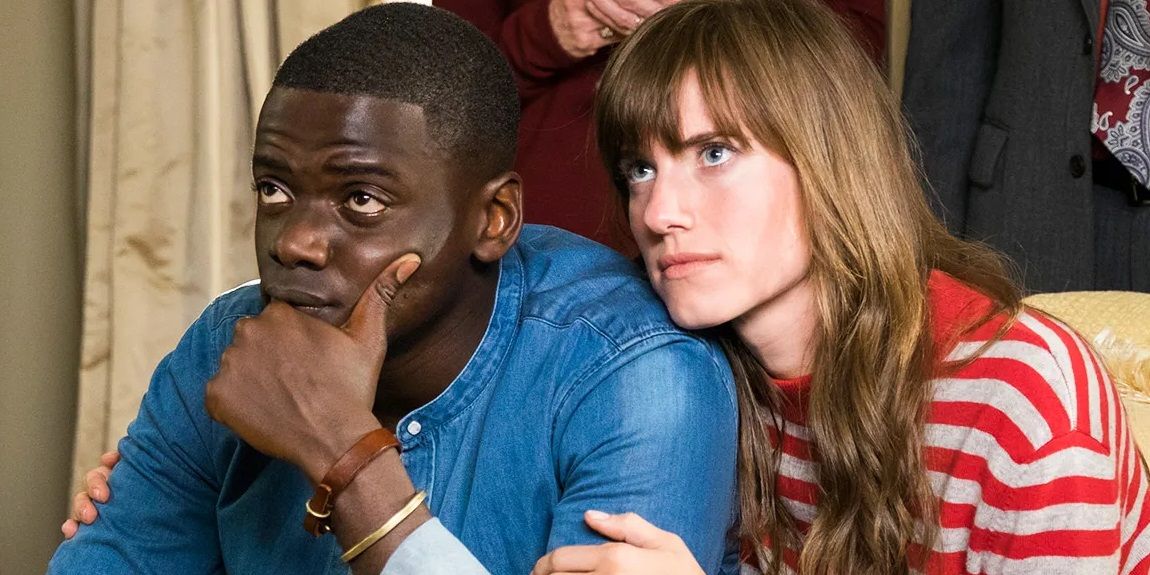Following the recent release of his widely acclaimed UFO thriller Nope, Jordan Peele is three for three in his quest to forge a refreshingly unique vision of horror cinema. Just when the genre was settling into a slump with familiar clichés and cheap jump scares, Peele came along with fellow filmmakers like Ari Aster, Robert Eggers, and Ana Lily Amirpour to revitalize horror with original stories, three-dimensional characters, and creepy atmospheres. Nope has all three of those in spades, with a lovable pair of siblings, a terrifying visage of alien life, and unsettling satire of its own audience’s addiction to spectacle. But Peele still has yet to top the greatness of his original masterpiece, Get Out.
With its timely tale of race relations, Get Out arrived as a cultural landmark. It sparked eye-opening conversations around the world, grossed a whopping $255.4 million against a modest $4.5 million budget, and received four Academy Award nominations for Best Picture, Best Director, Best Actor, and Best Original Screenplay. Peele won the latter prize, which would be an impressive feat for anyone’s debut movie, but especially when that debut movie belongs to the oft-neglected horror genre. Five years later, the messages brought up by Get Out remain just as much a part of the conversation.
Peele’s subsequent directorial efforts have been just as bold and inventive as his debut feature, tackling relevant themes through the lens of horror with spooky visuals, tense twists and turns, and monsters closing in. But they’re missing the intangible quality that made Get Out an undeniable masterpiece. Us and Nope are disparate collections of various interesting ideas all executed very well, but Get Out was one singular idea executed perfectly.
Us starts out with an intriguing abstract concept – that the monster we should fear the most is ourselves – but that abstract concept doesn’t quite translate into a concrete narrative. The Tethered are vaguely explained to be the result of a failed cloning experiment by the American government, but that muddled mythology doesn’t quite add up. The first half of the movie is a Funny Games-style home invasion thriller, while the second half morphs into a sort of zombie movie about a band of survivors facing the apocalypse, with onesie-clad clones taking the place of the undead. The final twist reveal questions the dichotomy of heroes and villains, but the twist barely holds water and doesn’t add anything new on rewatches.
Nope is aesthetically stunning, thematically rich, and, above all, delightfully entertaining. But it’s an even more eclectic mix of ideas than Us. It explores the forgotten identity of the Black jockey featured in Eadweard Muybridge’s “The Horse in Motion,” who was, in Em’s words, “the very first stuntman, animal wrangler, and movie star all rolled into one.” It also explores the trauma felt by a former child actor after he saw his castmates and members of the live studio audience brutally beaten and mutilated by his chimpanzee co-star during a taping of the cheesy ‘90s sitcom Gordy’s Home.
On top of that, Nope also explores a perfect metaphor for the debate between film and digital. Old-fashioned filmmaking techniques are becoming increasingly outdated, but Nope argues that they can never be replaced. In an early scene, the Haywoods’ live horse, ironically named Lucky, is replaced by a stand-in covered in CGI markers when it’s spooked by a mirror image of itself. But the classic photography methods come in handy when the Haywoods become determined to capture an image of the flying saucer terrorizing their ranch. Since digital images can be easily manipulated, they set out to capture indisputable proof of the UFO’s existence on unalterable celluloid.
These are all fascinating ideas and the movie does a terrific job of exploring them, but there’s nothing that ties them together. The horror of the flying saucer looming over the Haywoods’ ranch and the horror of a chimp actor wreaking bloody havoc on the set of a silly ‘90s sitcom feel like the premises of two completely different horror movies. They’re very loosely connected by the broad theme of spectacle.
Instead of grappling with a jumble of disjointed concepts, Get Out takes one singular concept – The Stepford Wives meets Guess Who’s Coming to Dinner – and executes it with razor-sharp precision. From the moment Chris is invited to his white girlfriend’s white parents’ all-white gated community to the moment Chris realizes his body has been auctioned off and they won’t let him leave, Peele maintains a taut feeling of suspense, constantly suggesting that something fishy is going on without giving it away. Everything in the movie, from the Armitages’ microaggressions to the unsettling party sequence to the silent terror of “The Sunken Place,” serves the movie’s focused exploration of the fears of racism.
Peele continues to make great movies that thrill audiences in the moment and provoke deep discussions in the months that follow. But it’s highly unlikely that he’ll ever be able to top the success of his directorial debut, because Get Out was such a uniquely profound piece of cinema. Us and Nope are both solid efforts, but neither of them managed to reach the heights of Get Out.




